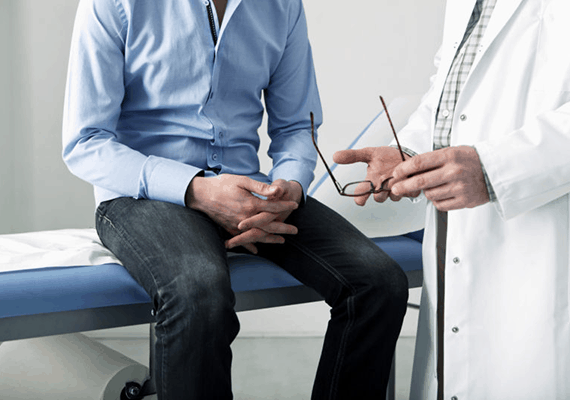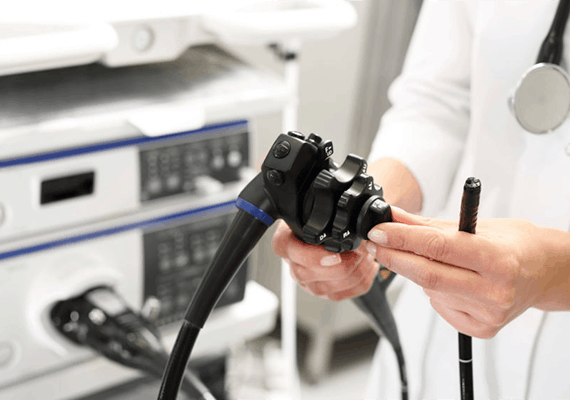What Is an Upper Endoscopy?
An upper endoscopy is a procedure in which a long, thin, flexible tube with a camera on the end (endoscope) is fed through a patient’s esophagus, stomach, and first part of the small intestine (duodenum). This imaging allows the doctor to examine the patient’s upper digestive tract by viewing the lining to diagnose a range of gastrointestinal disorders.
Why May a Doctor Perform an Upper Endoscopy?
A doctor may perform an upper endoscopy to diagnose or treat conditions affecting the esophagus, stomach, or duodenum. This can include nausea, persistent upper abdominal pain, heartburn, difficulty swelling, vomiting, or bleeding from the upper gastrointestinal tract. Upper endoscopies are more effective than X-rays at detect tumors, ulcers, inflammation, and abnormal growths located in the upper digestive system, and they are efficient ways to collect small sample tissues or cells to be examined by a lab through endoscopic biopsies or cytology tests.
What Happens During an Upper Endoscopy?
Ahead of the procedure, the patient will be advised to fast for approximately eight hours. This fasting will allow the doctor to see the upper GI tract more clearly while lowering the chances of any complications. The patient will be given a sedative via an IV that will help ensure that they are comfortable throughout the upper endoscopy procedure.
The doctor will apply a local anesthetic to the throat which will work to calm the patient’s gag reflex and allow the endoscope to pass through the esophagus with less resistance. A mouthguard will also be inserted to protect the patient’s teeth. The patient typically lies on his or her side on an exam table during the procedure, where the doctor will insert the endoscope into their mouth and through their esophagus, stomach, and duodenum. The doctor will then pump air through the endoscope and into the stomach and duodenum to make the organs more visible on the camera. While viewing the video monitor, the doctor will decide if any tissue removals for biopsy or other treatments are necessary during the procedure.
An upper endoscopy usually takes between 15 and 30 minutes and allows the doctor to see any damage or abnormality in the upper GI tract.
How to Prepare for an Upper Endoscopy
The doctors at Gastroenterology of Westchester will provide thorough consultations with patients in advance of the upper endoscopy. Patients should ensure that the doctor is aware of aware of any allergies, all prescribed medications, and supplements being taken including vitamins, any bleeding problems, heart problems, diabetes, pregnancy, as well as any previous treatments to the esophagus. The doctor may advise the patient to stop taking medicines that thin blood or affect clotting prior to the procedure.
Patients are advised not to eat or drink for eight hours preceding the procedure because and empty stomach provides the doctor with a clearer view of the upper GI tract while preventing aspiration or choking during the exam.
What Happens After the Procedure?
After the procedure, the patient will be monitored until the lingering effects of the medication have worn off to ensure that there are no complications. Patients can expect to feel some bloating, gas, or cramping from the air that is pumped to make the organs more visible. Patients may also experience a sore or irritated throat that can be soothed by drinking water, eating softer foods, and taking throat lozenges while it subsides.
Patients should have a friend or family member accompany them and to drive him or her home as the sedative may cause nausea or potential grogginess. Patients are typically able to resume their usual activities by the following day.





